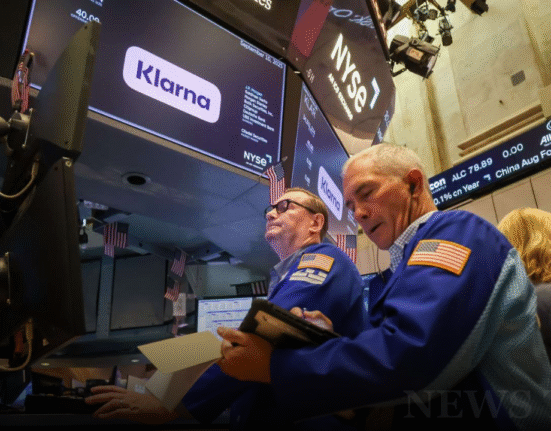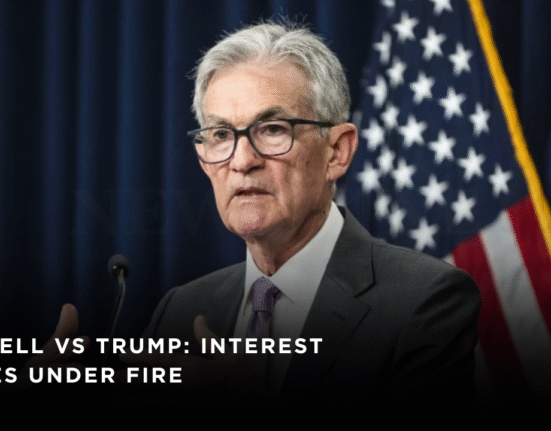
One moment it’s taxed, the next it’s not. That’s been the gold market’s rollercoaster ride in recent weeks. A sudden U.S. decision to impose tariffs on gold bars from Switzerland only to roll them back almost immediately sent shockwaves through global bullion prices. Yet, despite the tariff whiplash, investor sentiment remains surprisingly upbeat.
Why? Because, in the world of precious metals, turbulence isn’t always a bad thing. Sometimes, it’s the fuel that keeps the gold rush alive.
The Tariff Flip-Flop: What Happened
The story began when a U.S. government agency ruled that Swiss gold bars would face new import tariffs. Prices jumped as traders scrambled to buy before the extra costs kicked in. But before the market could settle, the administration reversed course, announcing an exemption.
Quick facts:
- Switzerland is one of the world’s top gold refiners, exporting $50B worth of gold in the 12 months ending June.
- Gold exports spiked earlier this year as investors tried to frontload purchases ahead of possible tariffs.
- The U.S. imports more gold from Canada and Mexico than Switzerland but Switzerland’s market influence is still massive.
Why Investors Aren’t Panicking
Despite the uncertainty, many traders see opportunity.
1. Gold Loves Volatility
Gold has long been considered a safe haven asset. According to Bob Iaccino of Path Trading Partners, tariff-related volatility can actually strengthen gold’s appeal. “When markets get shaky, gold often gets stronger,” he explains.
2. Rate Cuts Could Boost Prices
If interest rates drop later this year, gold could get another upward push. Lower rates typically weaken the U.S. dollar, making gold more attractive globally.
3. Central Banks Are Stockpiling
Data from the World Gold Council shows central banks added 166 metric tons in Q2 2025. With 95% of reserve managers expecting this trend to continue, demand is unlikely to fade.
4. ETF Demand Is Surging
Gold ETFs saw inflows of 170 metric tons in the second quarter, worth nearly $400B. That’s the strongest first-half performance since 2020.
5. Global De-Dollarization Trends
Many countries are diversifying reserves away from the dollar, often turning to gold. Tariff policies may accelerate this shift.
The “Yes, But…” Factor
While optimism runs high, some experts warn about possible ripple effects:
- Reciprocal tariffs from other gold-exporting nations could disrupt supply.
- Refiners are already pausing shipments until there’s more clarity.
- Tariff uncertainty could complicate gold futures trading, adding layers of risk for institutional investors.
A Broader Pattern of Policy Whiplash
This gold tariff drama isn’t isolated. It’s part of a broader pattern of sudden, sometimes contradictory trade policies that have jolted markets in 2025 from agricultural goods to tech components.
For investors, the lesson is clear: adaptability is key. And for gold, adaptability often means staying shiny no matter the political weather.
Whether it’s taxed or tariff-free, gold’s allure hasn’t dimmed. If anything, the current uncertainty is reinforcing its role as a safe haven. From central banks to everyday investors, the appetite remains strong. So next time policy shifts leave traders dizzy, remember: for gold lovers, volatility can be just another golden opportunity.






